(Contemporary & Post-War Art, 16th April 2020) § ALAN DAVIE C.B.E. R.A. H.R.S.A. (BRITISH 1920-2014) UNTITLED OG.4422 - 2013 Signed and dated 2013, watercolour 20cm x 28cm (8in x 11in) Provenance: Gimpel Fils, London Note: Biography: Painting is a continuous process which has no beginning or end. There never really is a point in time when painting is NOT. This sentiment remained Alan Davie’s guiding principle across an artistic career spanning over 70 years. Difficult to pin-down as an artist, he worked across disciplines throughout his life: as well as exhibiting his visual art internationally, he also designed and made jewellery, wrote poetry and performed music, particularly the saxophone, but also the cello and piano. He felt that these interests and outputs supported and evolved across each other, rather than existing as distinct entities. Davie grew up in an artistically-inclined family, so it was already expected that he would enter the Edinburgh College of Art at 17. He quickly earned his diploma and left with a travelling scholarship. Unfortunately, war time intervened and so he enlisted rather than heading off in search of artistic inspiration on the Continent. Military duties didn’t leave much time for painting, so this was a period where he explored the poetic word instead. He returned to Edinburgh following his service, and finally headed off on his travels, together with his new wife, the artist potter, Janet Gaul. They travelled to Italy, where a combination of visual experiences provided a great source of inspiration that set the course for the rest of his artistic life. Firstly his eyes were opened by the grace and simplicity of fourteenth- and fifteenth-century Italian art, and then he was introduced to Peggy Guggenheim, who took him around her Venetian palazzo, and presented American Modernism to him, particularly Jackson Pollock who had not yet moved into his drip paintings, but was working in a gestural manner, with a deep affinity to Surrealism. Davie returned to London, full of inspiration and ready to make his work. He had his visual ides from Italy and an understanding of role of the artist from Paul Klee ‘he neither serves nor rules – he transmits.’ This was the starting point of the artistic and creative vision that we know from Davie’s work, but he continued to find inspiration in sources across space and time. He had a specific interest in the unconscious and ancient civilisations, seeking to paint without thought and consideration and to utilise symbols that had recurred across time periods and distance – in a method similar to that of improvisation in jazz music. Yet, as so concisely put in the artist’s obituary, published in the Guardian, ‘the miracle was that out of an eclectic art that was part Celtic, part tribal Hopi, part Hindu or Jain or Tibetan Buddhist, part African and part pre-Columbian, with a hint of William Blake there came painting of power and individuality.’ Despite such wide-ranging influences and inspirations, Davie’s art is always unmistakeably his.
(Contemporary & Post-War Art, 16th April 2020) § ALAN DAVIE C.B.E. R.A. H.R.S.A. (BRITISH 1920-2014) UNTITLED OG.4422 - 2013 Signed and dated 2013, watercolour 20cm x 28cm (8in x 11in) Provenance: Gimpel Fils, London Note: Biography: Painting is a continuous process which has no beginning or end. There never really is a point in time when painting is NOT. This sentiment remained Alan Davie’s guiding principle across an artistic career spanning over 70 years. Difficult to pin-down as an artist, he worked across disciplines throughout his life: as well as exhibiting his visual art internationally, he also designed and made jewellery, wrote poetry and performed music, particularly the saxophone, but also the cello and piano. He felt that these interests and outputs supported and evolved across each other, rather than existing as distinct entities. Davie grew up in an artistically-inclined family, so it was already expected that he would enter the Edinburgh College of Art at 17. He quickly earned his diploma and left with a travelling scholarship. Unfortunately, war time intervened and so he enlisted rather than heading off in search of artistic inspiration on the Continent. Military duties didn’t leave much time for painting, so this was a period where he explored the poetic word instead. He returned to Edinburgh following his service, and finally headed off on his travels, together with his new wife, the artist potter, Janet Gaul. They travelled to Italy, where a combination of visual experiences provided a great source of inspiration that set the course for the rest of his artistic life. Firstly his eyes were opened by the grace and simplicity of fourteenth- and fifteenth-century Italian art, and then he was introduced to Peggy Guggenheim, who took him around her Venetian palazzo, and presented American Modernism to him, particularly Jackson Pollock who had not yet moved into his drip paintings, but was working in a gestural manner, with a deep affinity to Surrealism. Davie returned to London, full of inspiration and ready to make his work. He had his visual ides from Italy and an understanding of role of the artist from Paul Klee ‘he neither serves nor rules – he transmits.’ This was the starting point of the artistic and creative vision that we know from Davie’s work, but he continued to find inspiration in sources across space and time. He had a specific interest in the unconscious and ancient civilisations, seeking to paint without thought and consideration and to utilise symbols that had recurred across time periods and distance – in a method similar to that of improvisation in jazz music. Yet, as so concisely put in the artist’s obituary, published in the Guardian, ‘the miracle was that out of an eclectic art that was part Celtic, part tribal Hopi, part Hindu or Jain or Tibetan Buddhist, part African and part pre-Columbian, with a hint of William Blake there came painting of power and individuality.’ Despite such wide-ranging influences and inspirations, Davie’s art is always unmistakeably his.
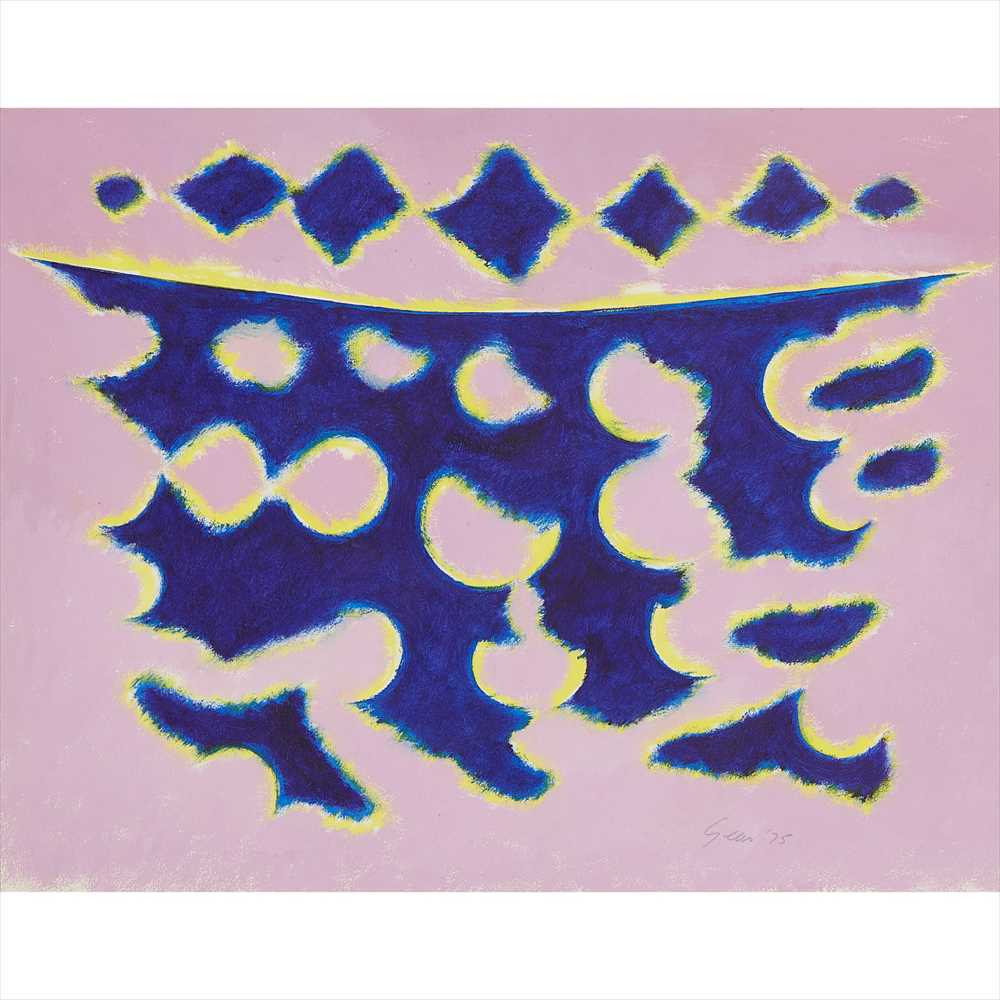
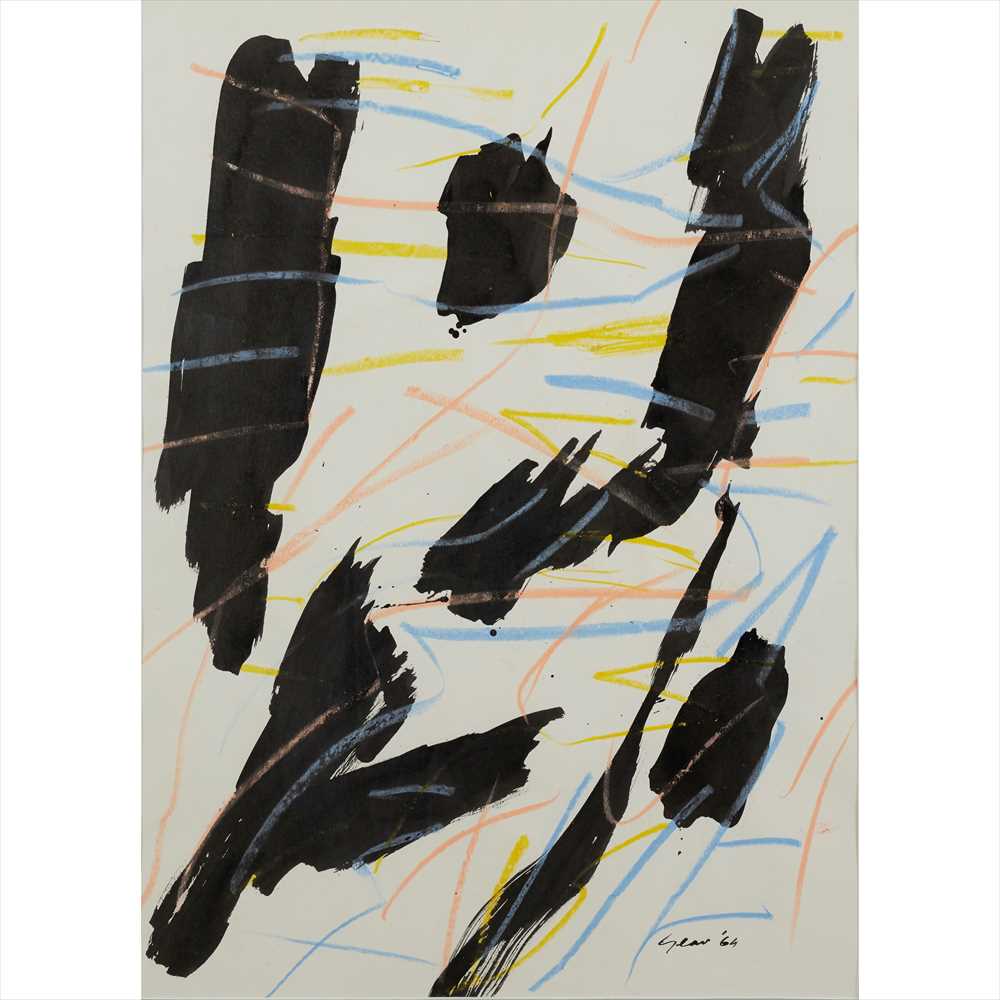
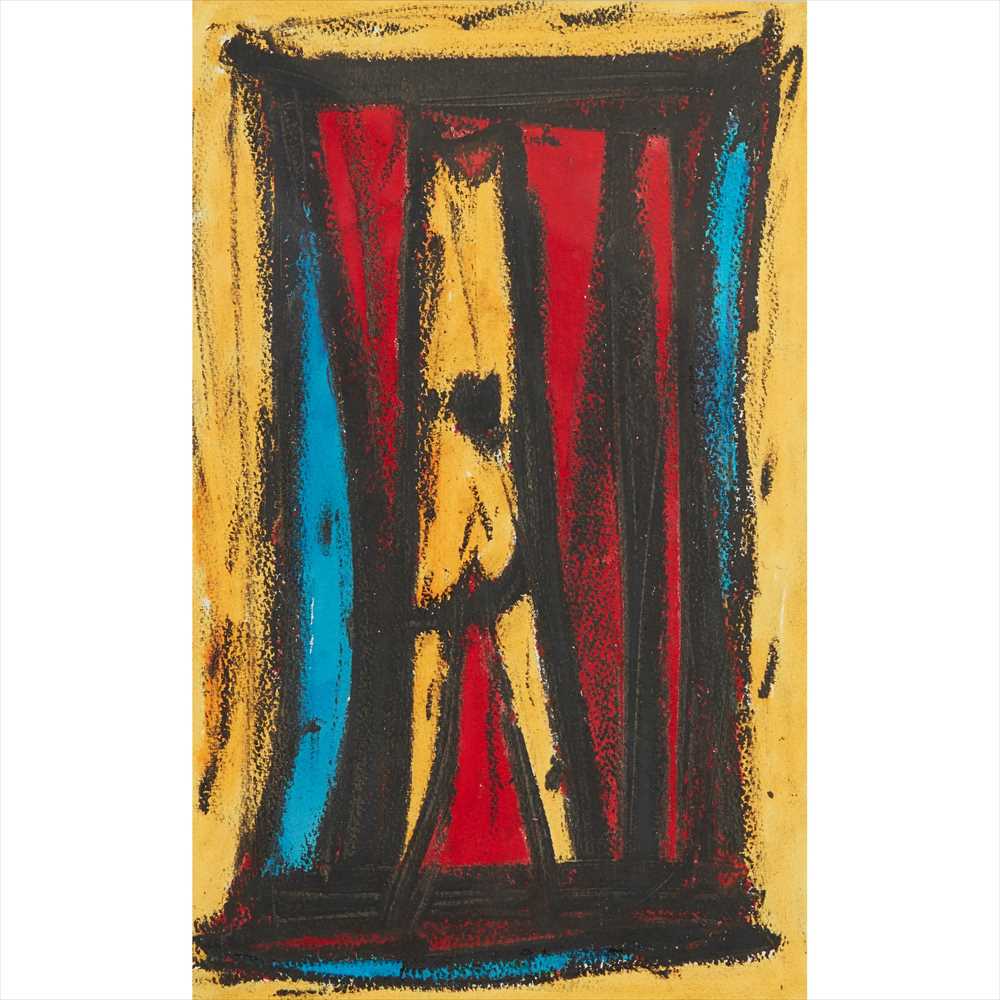
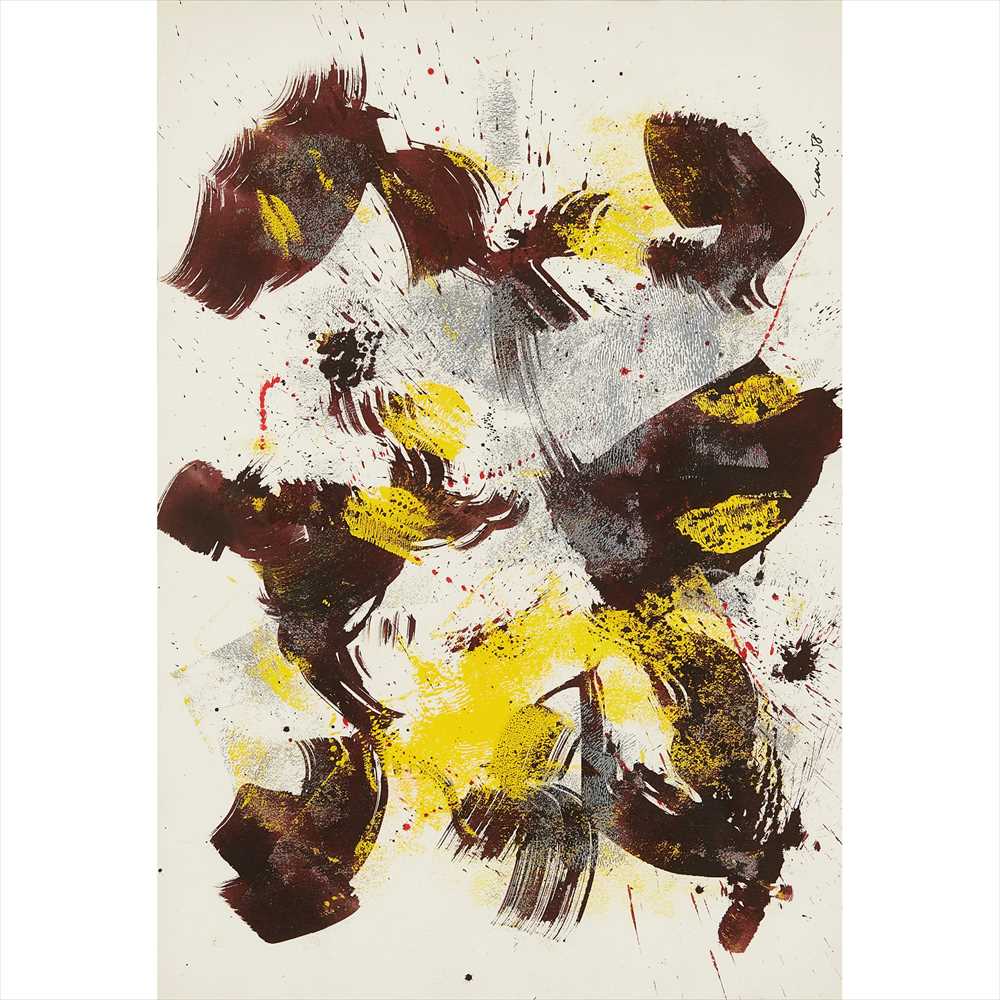
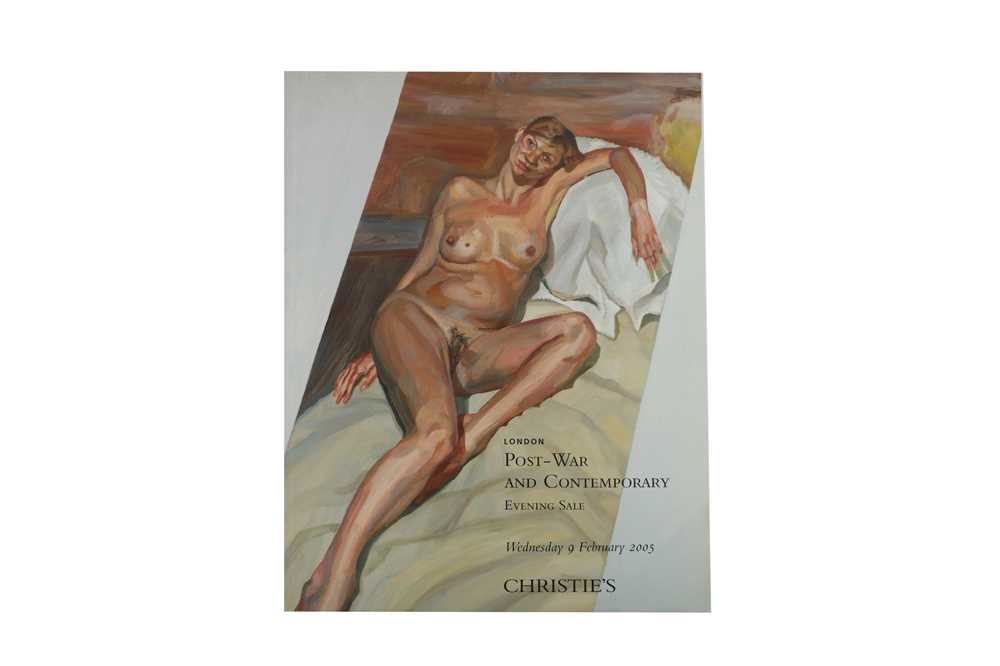

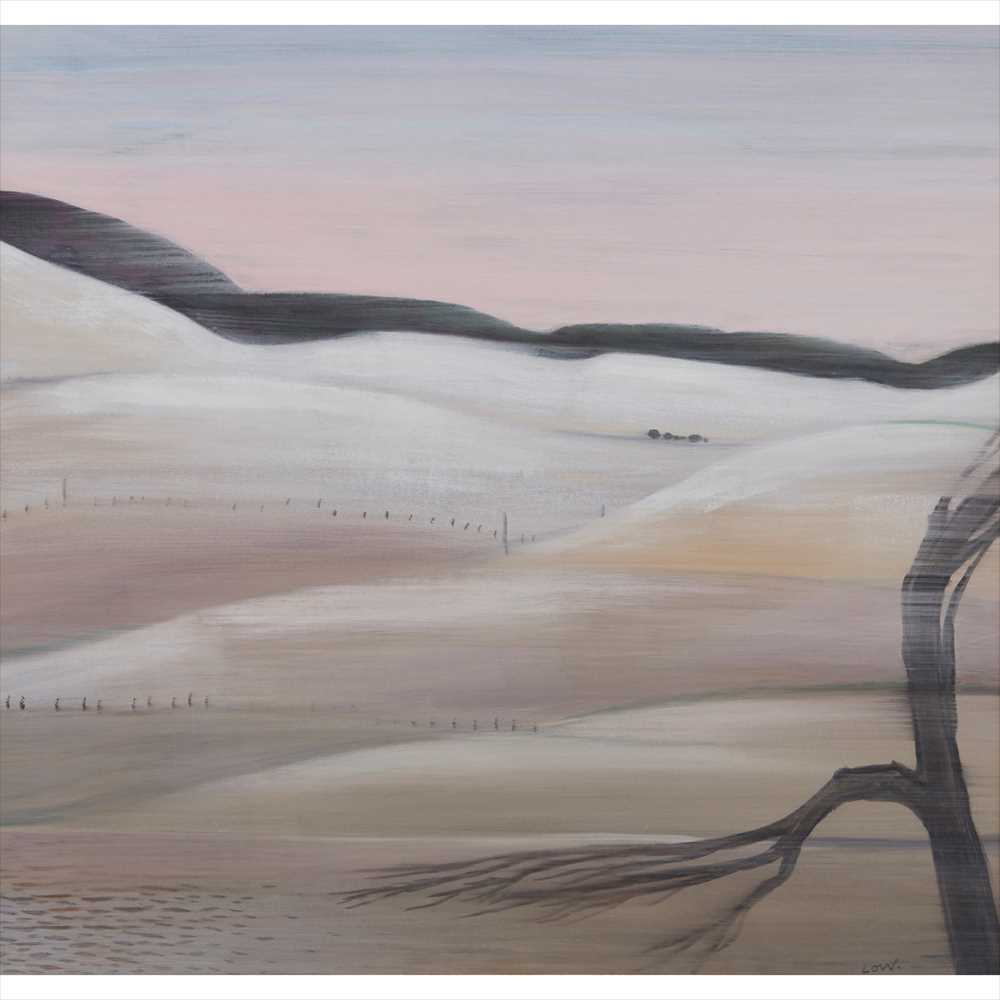
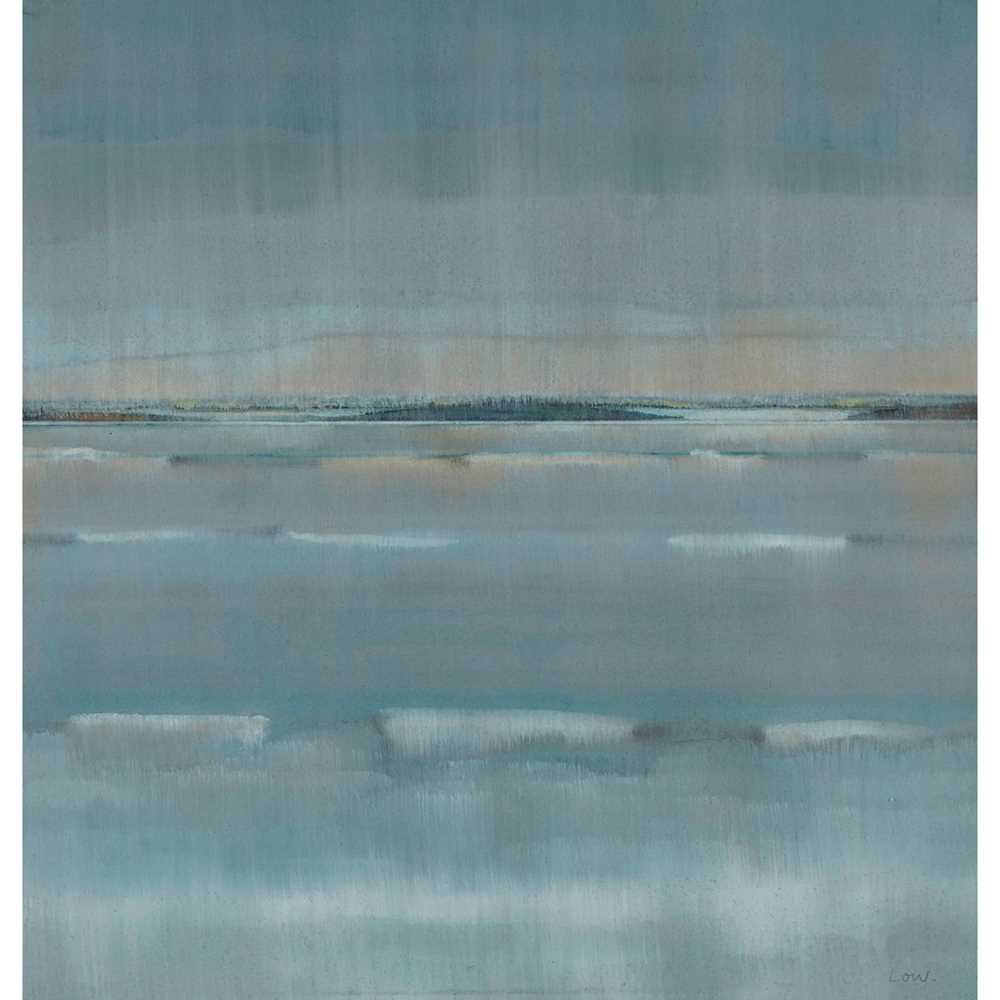
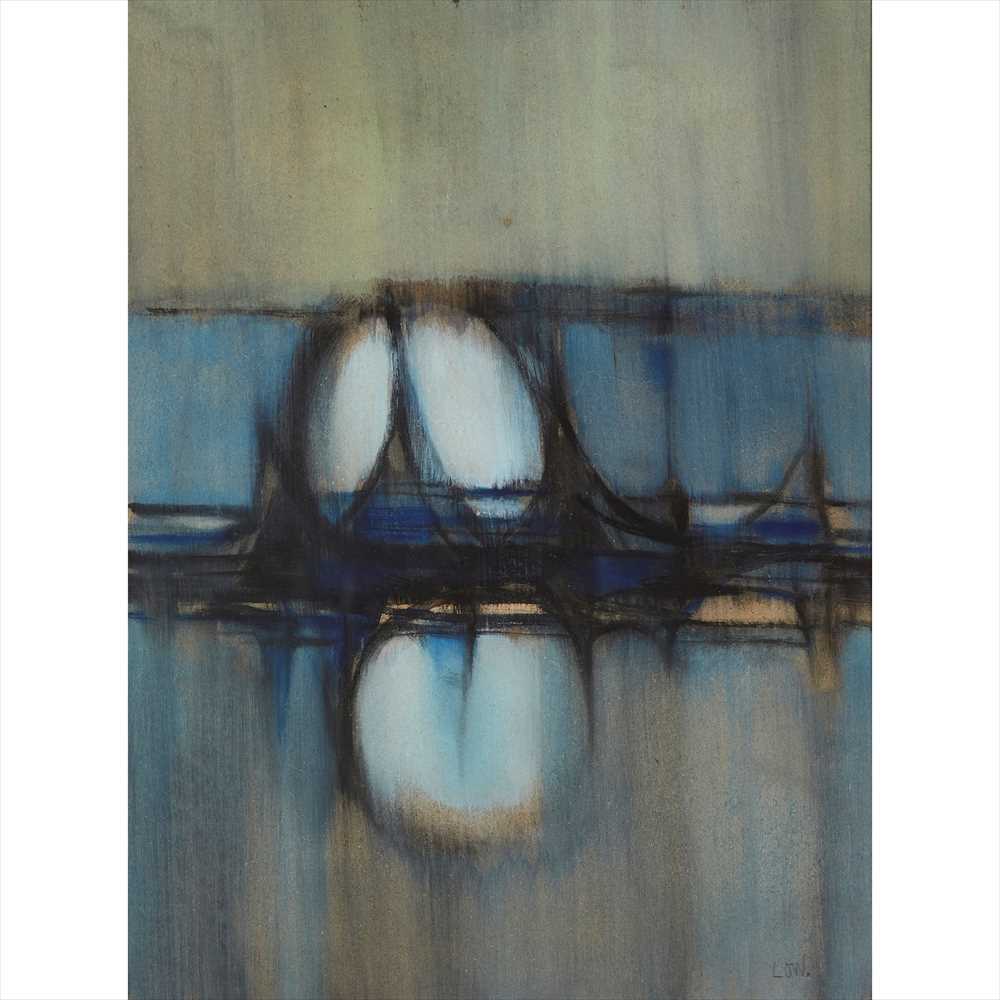
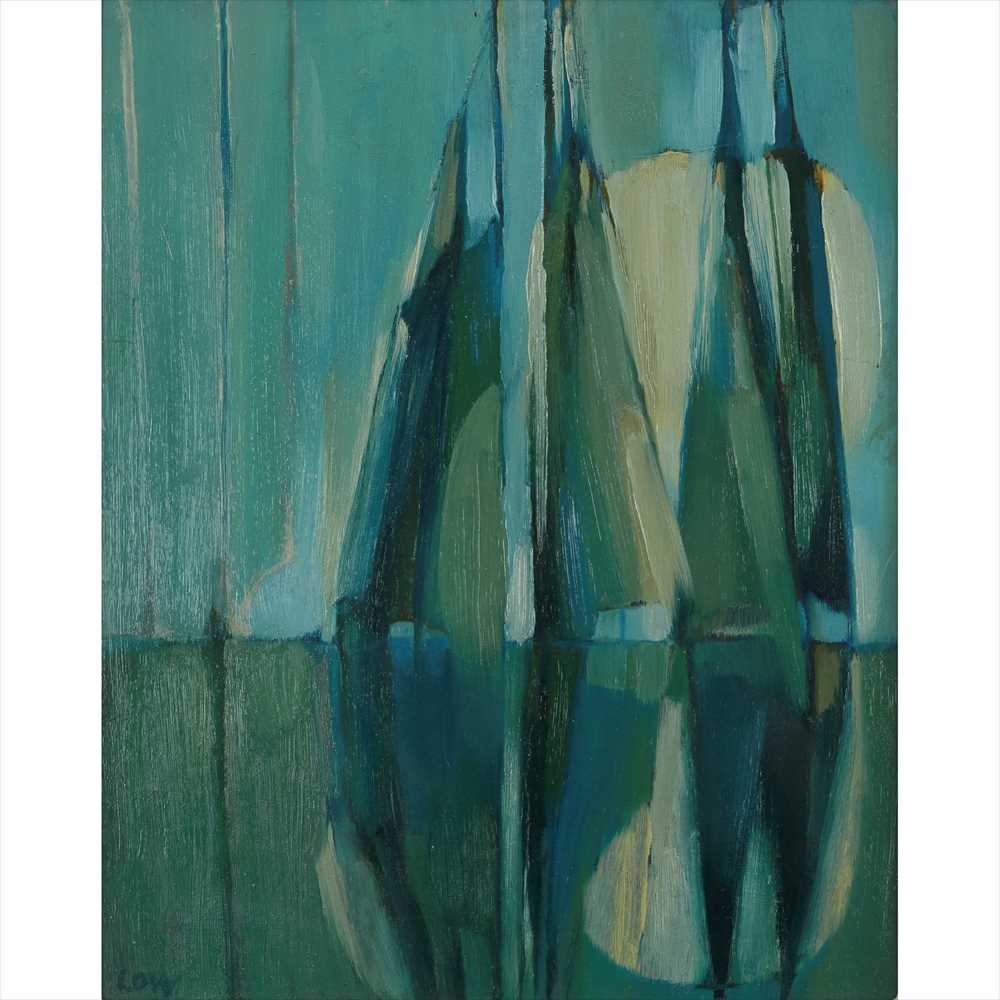
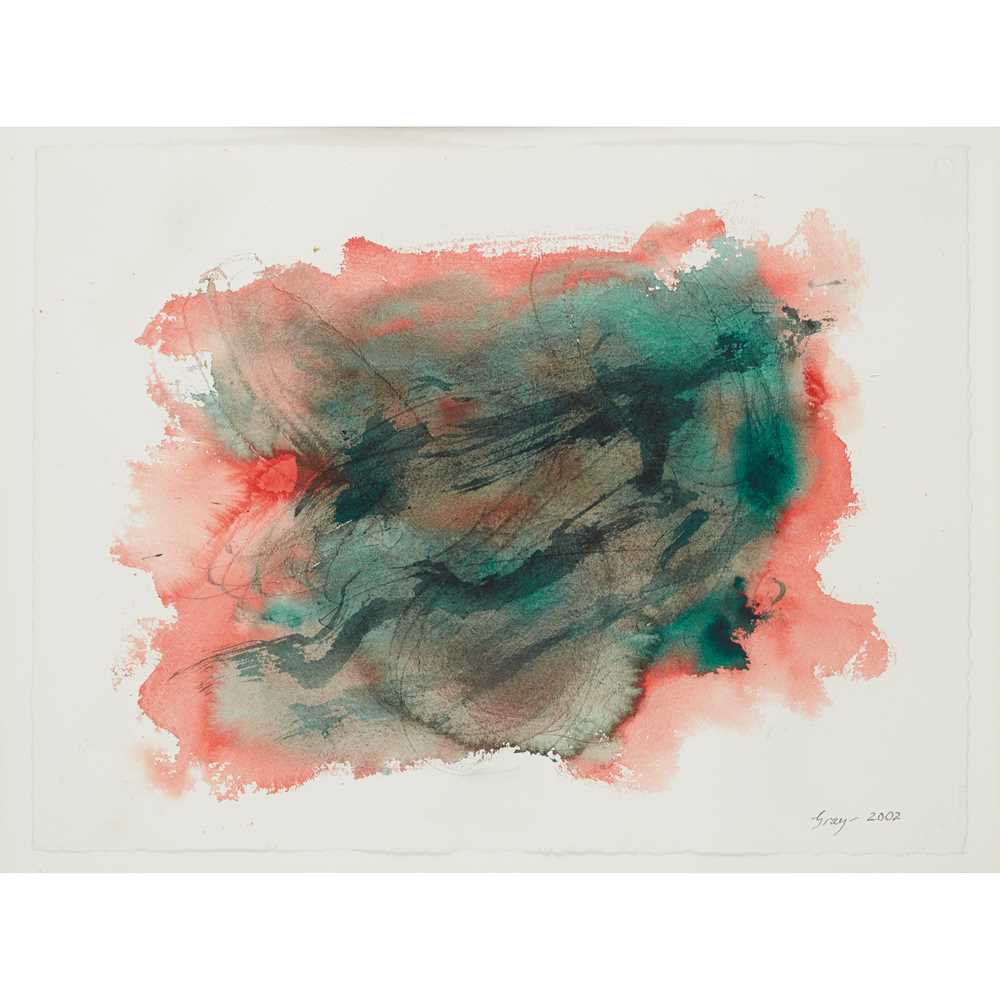

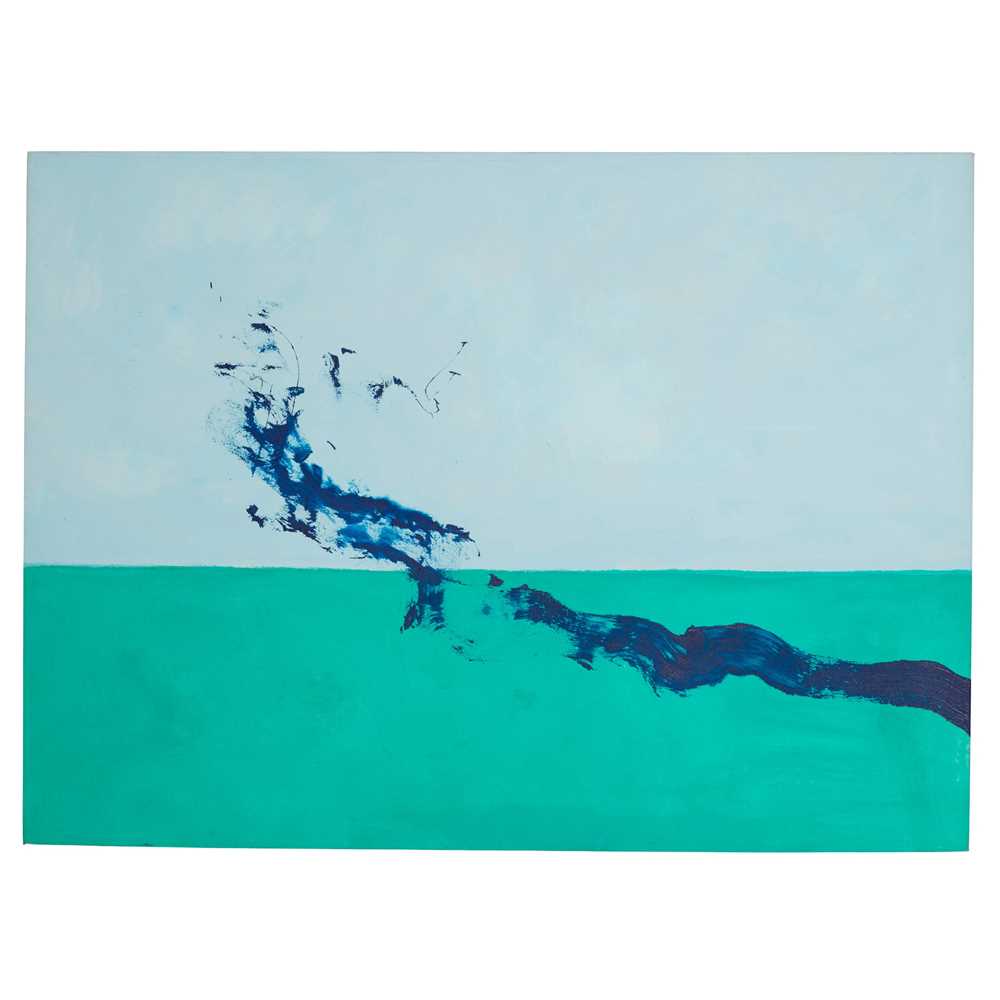

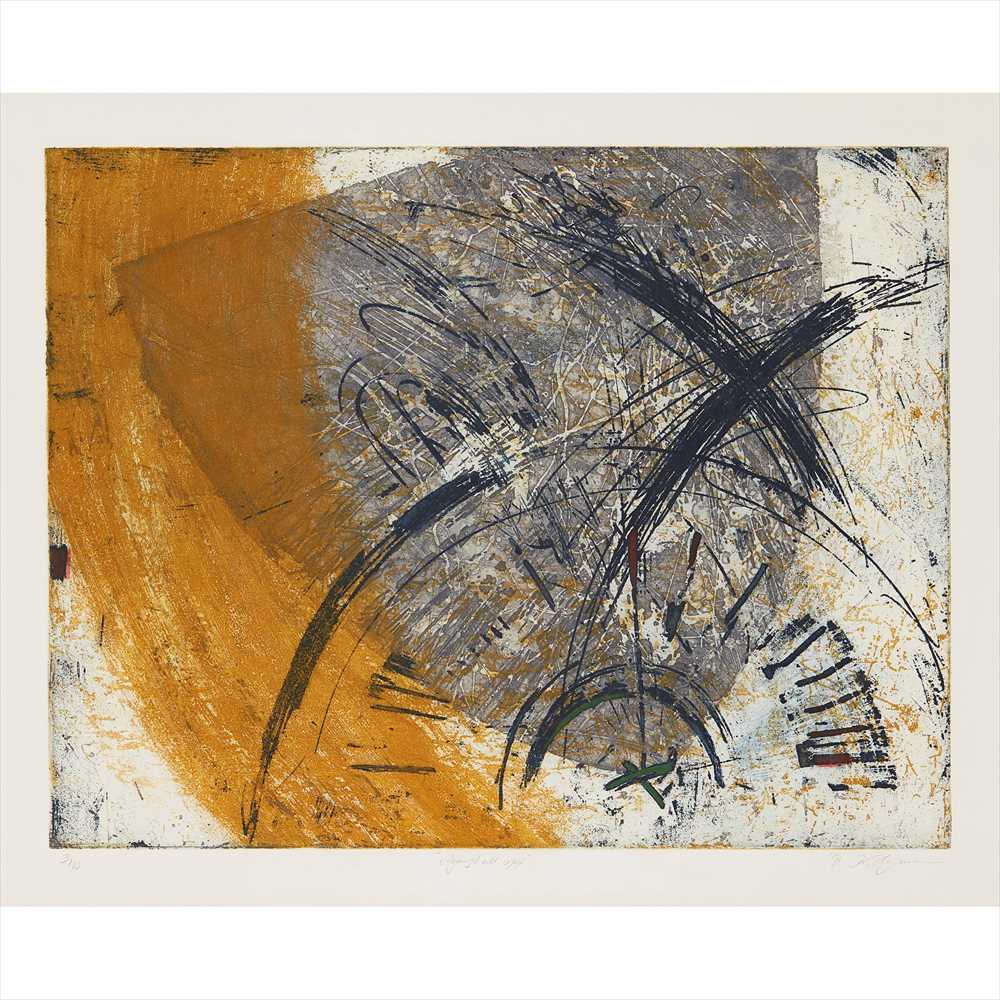
Try LotSearch and its premium features for 7 days - without any costs!
Be notified automatically about new items in upcoming auctions.
Create an alert